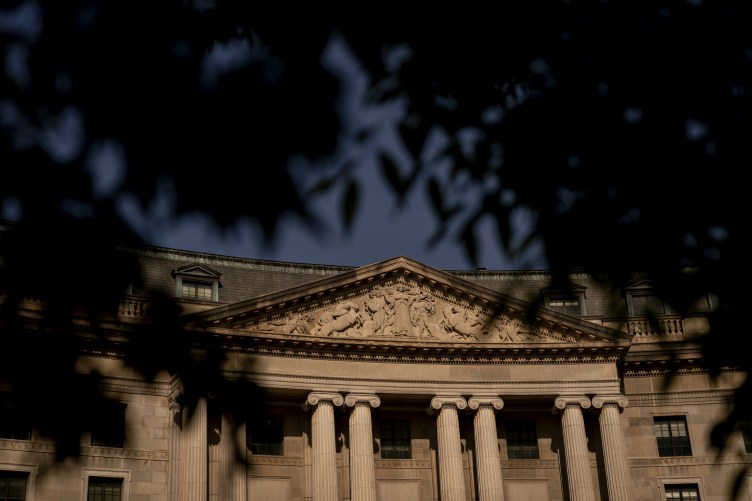For all of the ways the 2016 presidential election was extraordinary — particularly Donald Trump’s repeated assertion that the vote was being “rigged” — the actual balloting on Tuesday was largely without serious incident.
“Despite expectations this would be an unusual election, this election largely played out as previous presidential elections,” said David Becker, the executive director of The Center for Election Innovation & Research. “Sporadic problems here and there, but election officials were remarkably well-prepared and this resulted in a largely smooth Election Day.”
There were problems with voting equipment in counties from New York to California, and scattered reports of voter intimidation. But for the most part, the fears that a bitterly contested race would translate into a chaotic Election Day were unrealized.
That’s not to say that the process of tallying well over 100 million votes was uneventful, or that voters didn’t experience difficulties. Problems with registration lists and confusion over ID requirements forced many people to file provisional ballots. In states like North Carolina, Arizona and Missouri, malfunctioning voting equipment led to long lines in polling places and voter frustration.
In North Carolina, problems with electronic poll books in some precincts in Durham County caused election officials to extend the voting period for a short time. The Colorado voter registration system went offline for 29 minutes, temporarily halting voting for the minority of the electorate who vote in-person on Election Day (most Colorado voters cast mail ballots).
Pennsylvania, a state that mostly votes on Election Day, saw a rash of voter intimidation reports, but few could be verified or seemed like sustained or organized actions. It’s hard to know if even these instances reflected Trump’s call for supporters to monitor the vote in places like Philadelphia, which had raised concerns among elections experts.
In contrast to 2012, when long lines were a particular issue for Hispanic voters in places like Florida and Nevada, Electionland found relatively few reports of issues among Hispanic voters this year, and many positive messages describing the voting experience on social media.
What we don’t know is how voter ID laws and the threat of intimidation impacted turnout, even in small ways, particularly in areas with minority voters. This was the first election in 50 years without the full protections put in place by the Voting Rights Act that covered a number of states, mostly in the South.
By early 2017, we’ll have a better picture of who the 2016 electorate was and where problems rose above a sporadic level. The impact of that change will undoubtedly be closely studied in the coming years by scholars and strategists in both parties.










